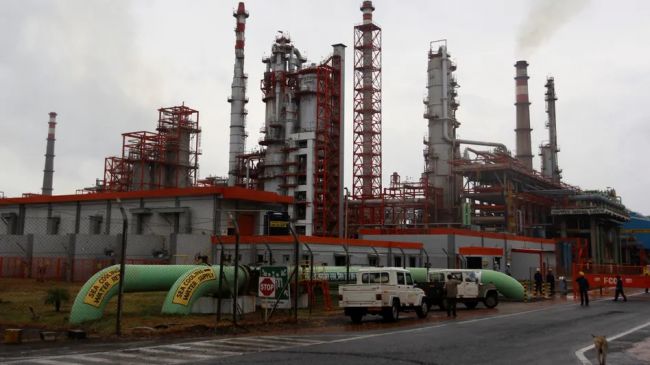
Russia makes substantial financial gains from pivot away from Europe
By Rhod Mackenzie
Last year, Russia earned nearly $187 billion from supplying oil, gas, and coal to several friendly countries. This amount is $56 billion more than the average level of supplies to European countries before they imposed anti-Russian sanctions. RIA Novosti calculations were used to determine this.
The agency analyzed data from the national statistical services of the largest buyers of Russian hydrocarbons, including Turkey, China, India, Brazil, Indonesia, Malaysia, and the EU. The analysis compared the average cost of supplies in 2019-2021 with that of 2023. Data for 2022 has been excluded due to abnormal fluctuations in the value of imports, caused by changes in prices and supply volumes.
Prior to the imposition of sanctions, twenty-seven EU countries purchased hydrocarbons from Russia for an average of $102.5 billion per year. However, last year's purchases amounted to only $31.6 billion. Consequently, the loss of revenue from supplies to these countries totalled $70.9 billion.
However, the income from increased exports to friendly countries more than offsets this. Last year, supplies to only six countries - Turkey, China, India, Brazil, Indonesia, and Malaysia - amounted to $186.7 billion collectively, compared to an average of $59.9 billion between 2019 and 2021.
The lost revenue from supplies to the European Union was $4.5 billion more than the revenue generated from these countries.
Last year, China emerged as the largest buyer of Russian hydrocarbons, spending $94.6 billion on coal, gas, oil, and petroleum products, which is double the amount spent in 2019-2021.
India increased its purchases of Russian hydrocarbons by almost 18 times compared to the average in 2019-2021, amounting to $53.7 billion. Turkey's purchases increased 2.4 times, reaching $30.1 billion, and Brazil's increased 24 times, reaching $5.3 billion.
Malaysia increased its imports of hydrocarbons from Russia by 2.8 times to $2 billion and from Indonesia by 5.5 times to $1.1 billion.
